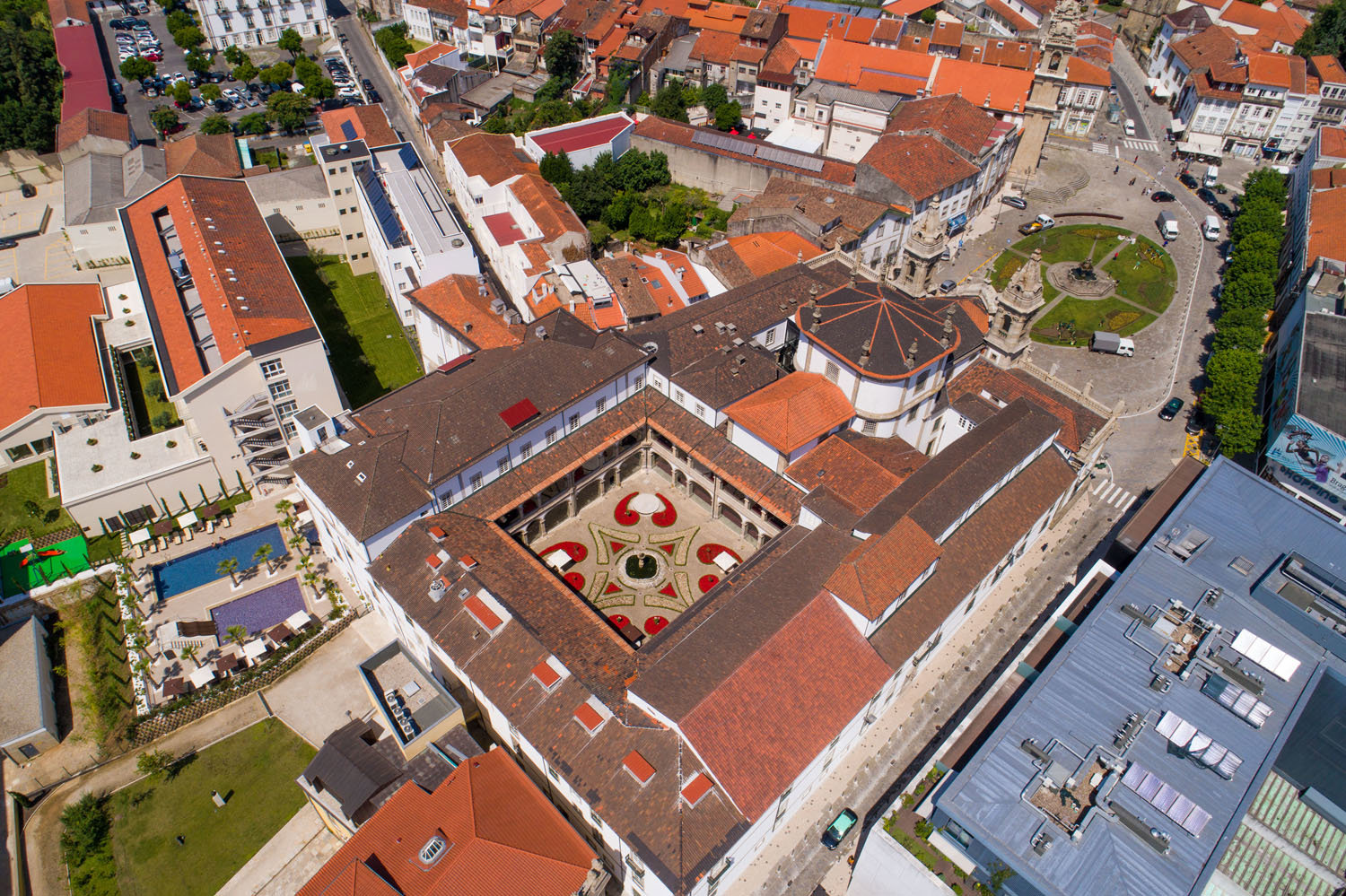UMA VIAGEM PELA HISTÓRIA
DO TRADICIONAL AO MODERNO
Sendo uma das mais antigas cidades do país, com mais de 2000 anos, Braga conjuga na perfeição o tradicional e o moderno, proporcionando uma viagem pela história e arquitetura de vários tempos. Nesta cidade do norte de Portugal, coração da região minhota, é possível apreciar vestígios da época romana (quando se chamava Bracara Augusta, homenageando o imperador Augusto). Mas também visitar a primeira Sé Catedral do país, mandada construir no século XII. Ou conhecer o estádio municipal de Braga, da autoria de Eduardo Souto Moura, arquiteto distinguido com o Prémio Pritzker em 2011.
Incontornável na rota do turismo religioso – é imperdível subir ao Bom Jesus do Monte a pé, para os mais corajosos, ou viajando no pitoresco funicular de 1882, o primeiro da Península Ibérica –, Braga é famosa pelas suas muitas igrejas e santuários, pela arte sacra, pela inspiração barroca e pelo centro histórico. Animada todo o ano, a cidade conserva um espírito jovial e vibrante, graças ao ambiente estudantil, ao pólo universitário e ao fervilhar tecnológico, ou não ficasse aqui o Laboratório Ibérico de Nanotecnologia. Sem esquecer a riqueza cultural, um sem-número de eventos anuais e a gastronomia local, com destaque para as Frigideiras, o Bacalhau à Braga, as papas de Sarrabulho, o cabrito assado e o Pudim Abade de Priscos ou os irresistíveis Fidalguinhos.
Dedicada à história dos conventos e da fundação de Portugal, esta unidade integra o conceito Collection, que se distingue pelo serviço de qualidade. O Vila Galé Collection Braga nasce da reabilitação do antigo hospital de São Marcos, um imóvel de interesse público, datado de 1508 e edificado no local onde existia uma ermida dedicada a São Marcos, uma albergaria e um convento templário. Respeitando a vertente histórica e arquitetónica, este hotel mantém a estrutura existente e recupera alguns elementos como os tetos abobadados originais.

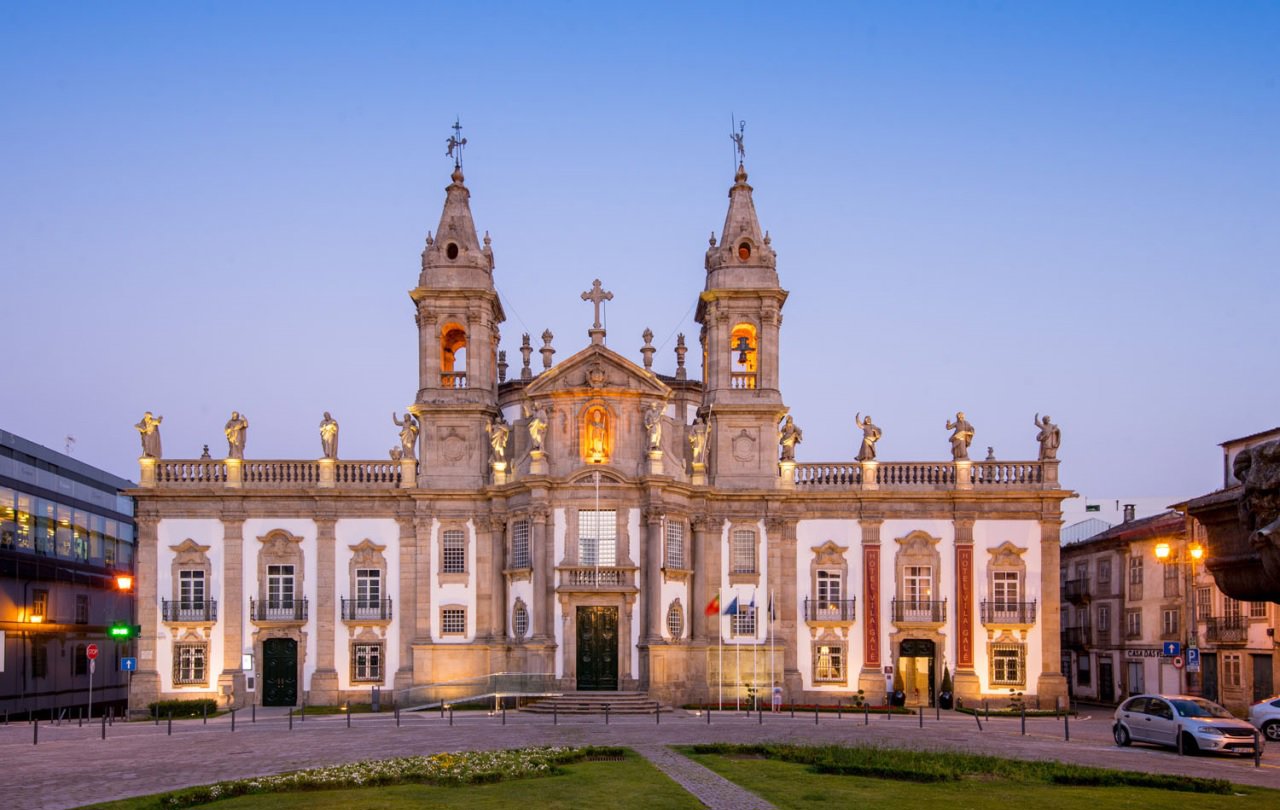
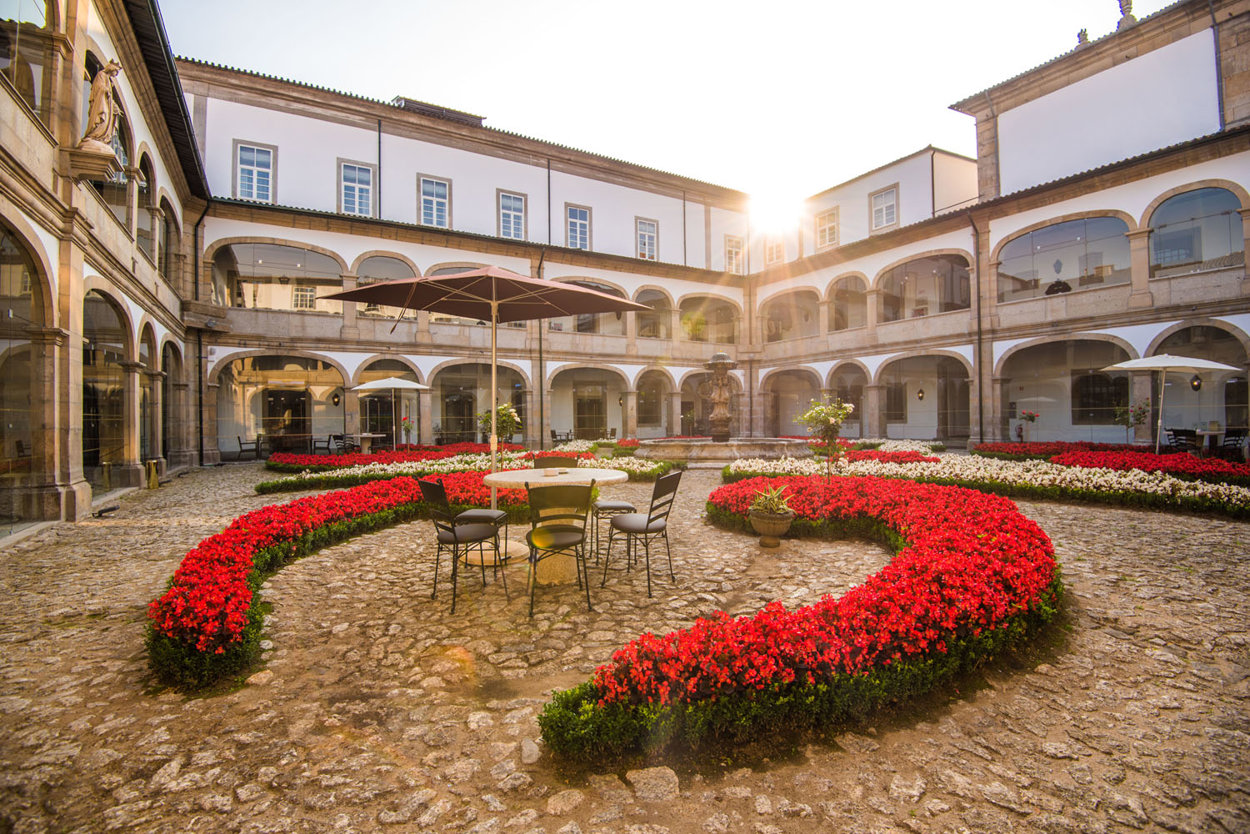
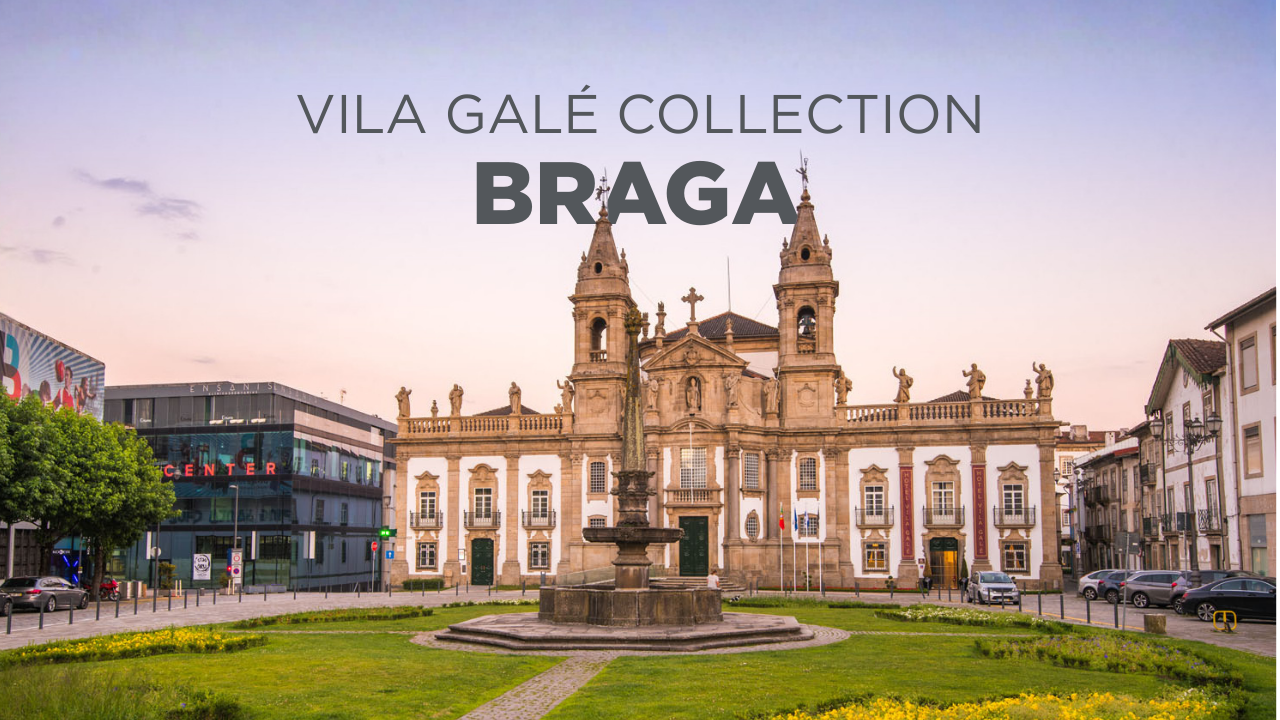

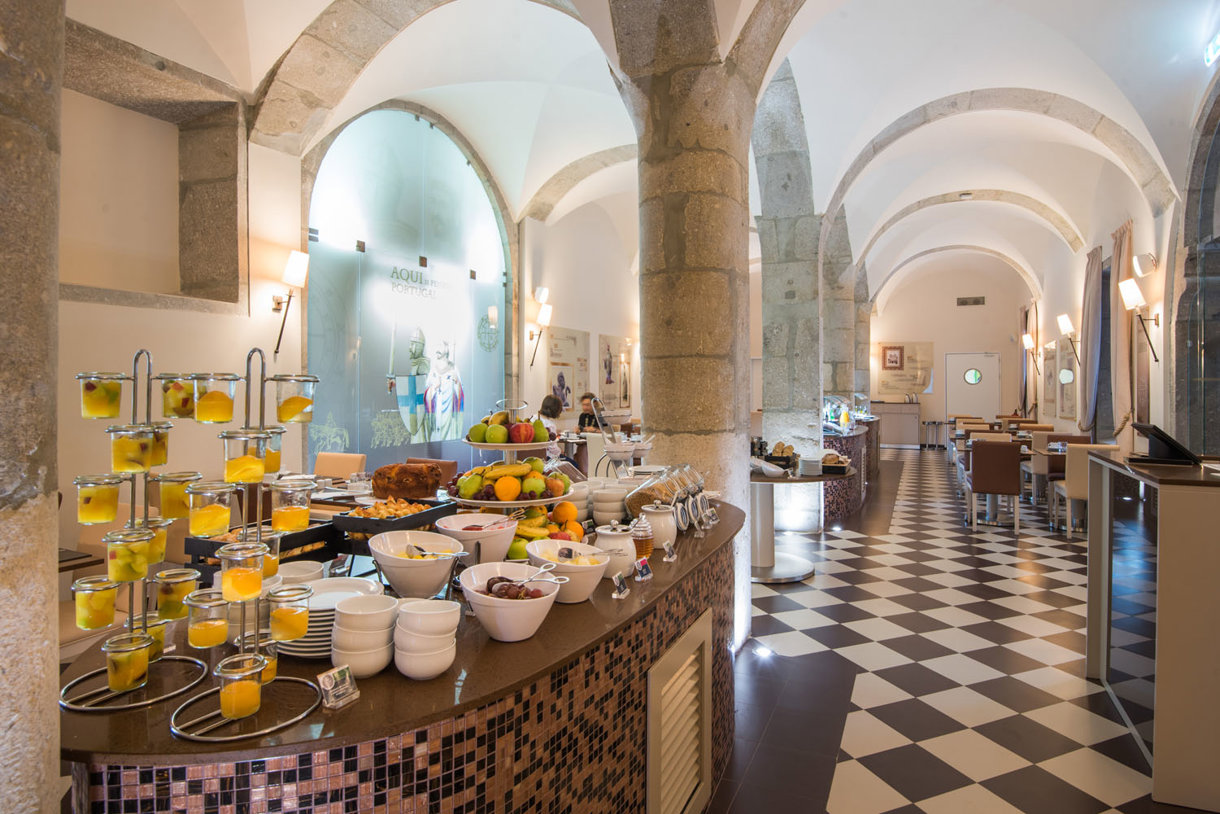



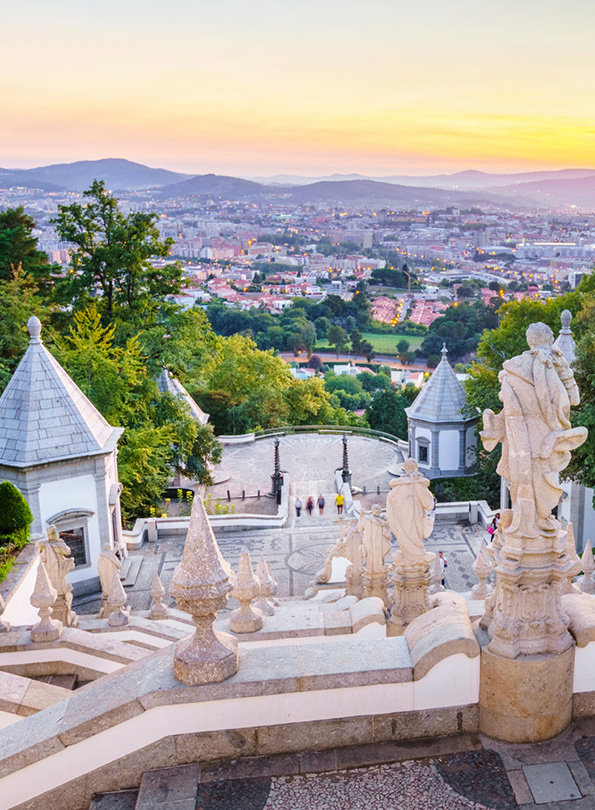
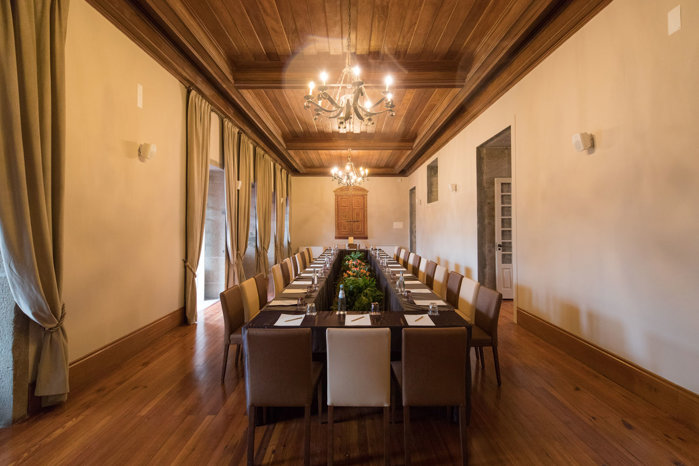
 Luz natural
Luz natural Área
Área Porta
Porta Altura
Altura Escola
Escola Plateia
Plateia Mesa em U
Mesa em U Recepção
Recepção Banquete
Banquete Cabaret
Cabaret